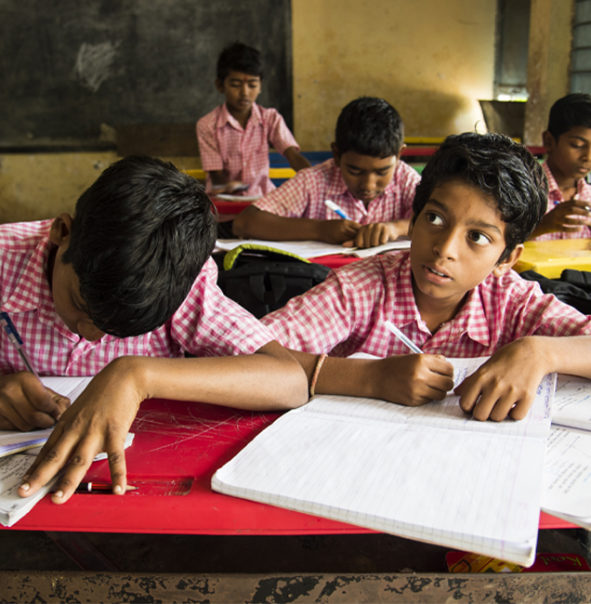Dutch Anti-Money Laundering policy: the money laundering monitor 2014-2016
The Dutch anti-money laundering policy consists of two pillars: (1) preventing and combatting criminal activities, including asset confiscation and (2) protecting the integrity of the Dutch economy. These two pillars result from the objectives set by the international Financial Action Task Force (FATF). Commissioned by the Research and Documentation Centre, part of the Dutch Ministry of Justice, Ecorys looked to what extent the thirteen organisations involved in the Dutch anti-money laundering policy have achieved the objectives set by the FATF.
Based on the collected information, the researchers could draw three main conclusions. First, they concluded that the number of suspicious transaction reports (STRs) indicating that money might be laundered, has increased during the last couple of years. The number of criminal proceedings, however, remained the same. An explanation might be that money laundering activities are followed up in different ways, for example by administrative or fiscal interventions instead of the ones available in criminal law. To support this argument, researchers advise collecting data on other types of interventions concerning anti-money laundering in a more structured way.
The second conclusion relates to the confiscation of the assets. The amount of criminal wealth confiscated has increased substantially. However, also concerning this aspect of the anti-money laundering policy more data could be collected. More and better data would allow authorities to make better estimates on the amount of money laundered in the Netherlands on an annual basis.
Lastly, the researchers concluded that public authorities work more closely together with private actors. Jointly, the actors are better capable of preventing money laundering from happening and thereby shifting from a reactive to a pro-active approach. The increased cooperation can help to confiscate more assets in the future and protect the Dutch economy in a better way.
For more information, please read the full report (pdf)

29 December 2021
2 minute read
Key Experts
Linette de Swart
Principal Consultant



